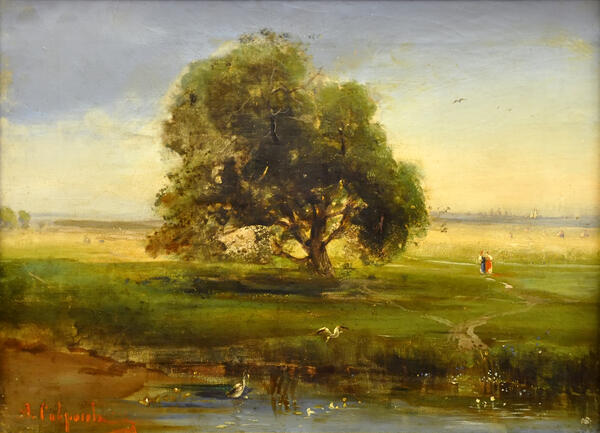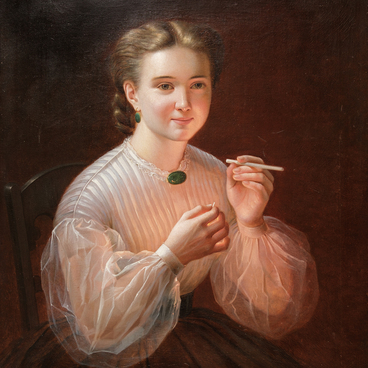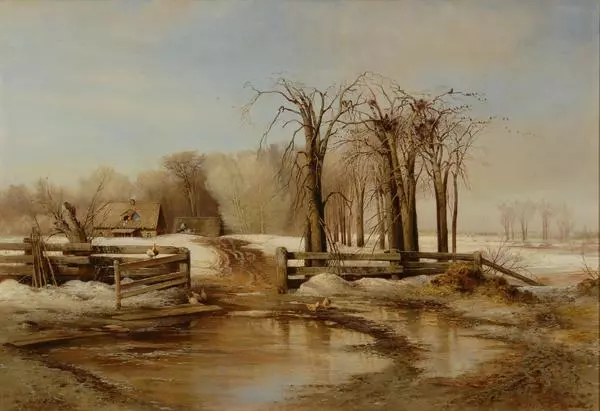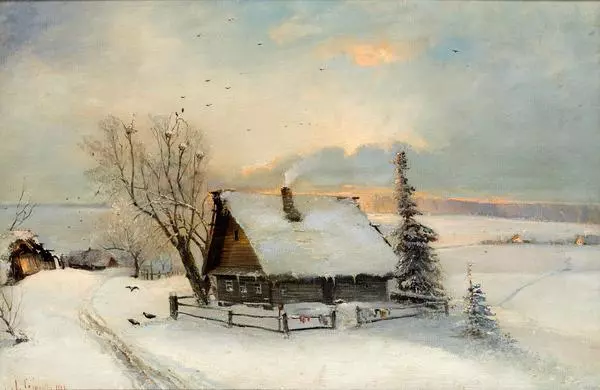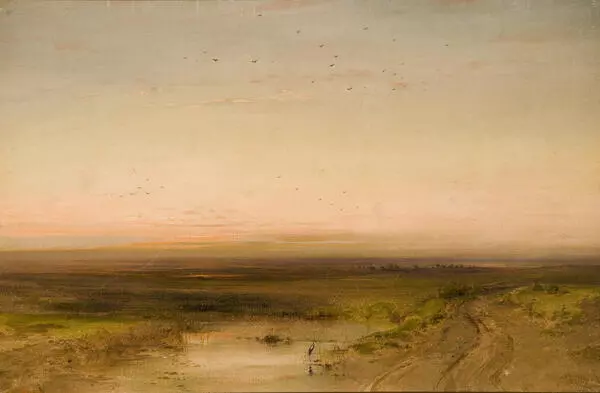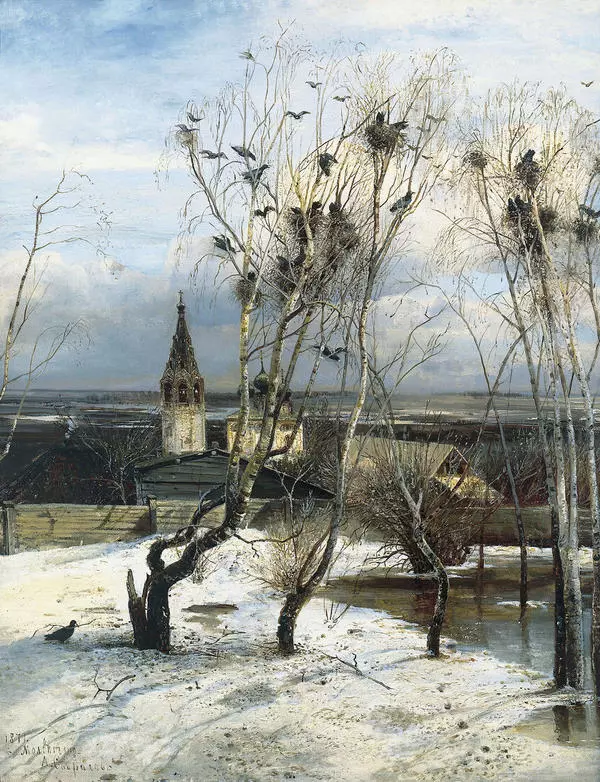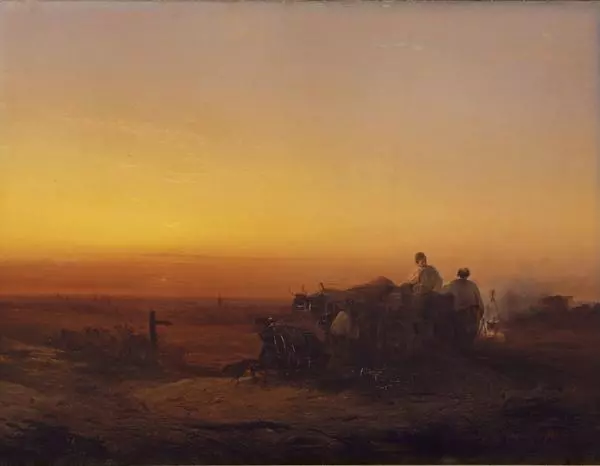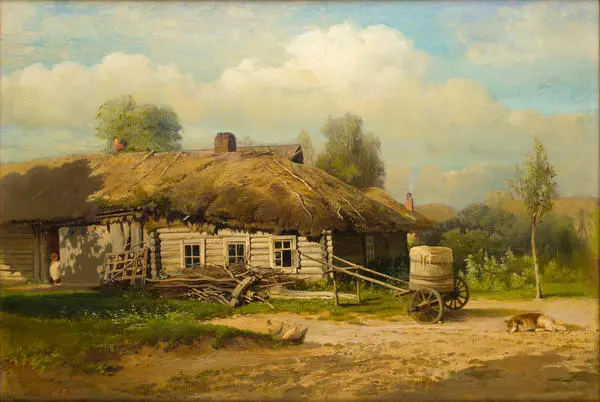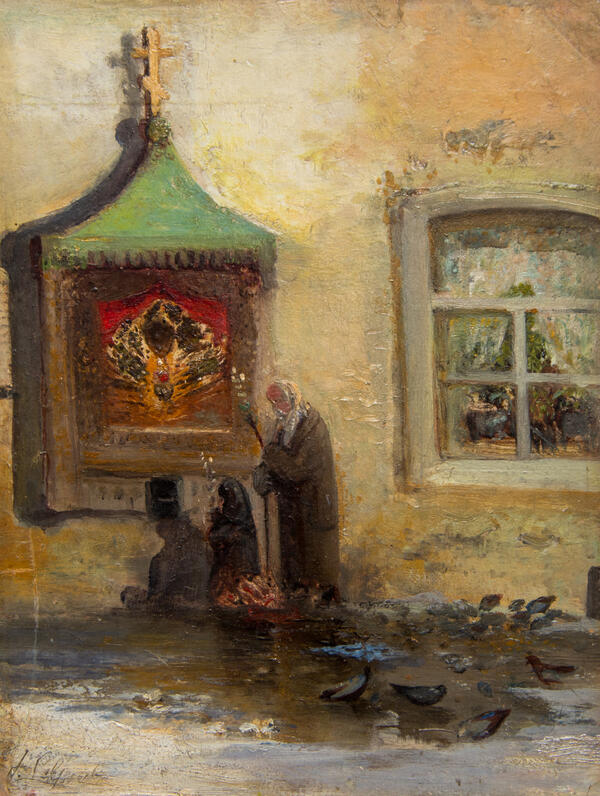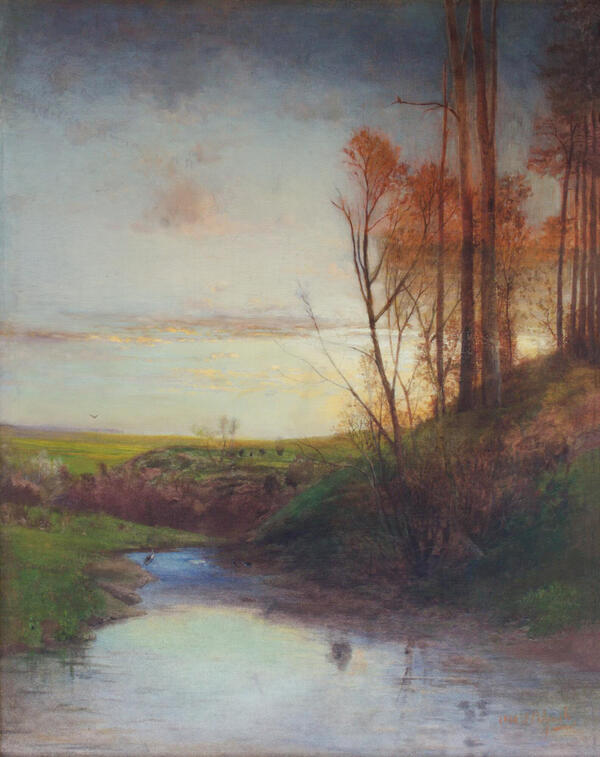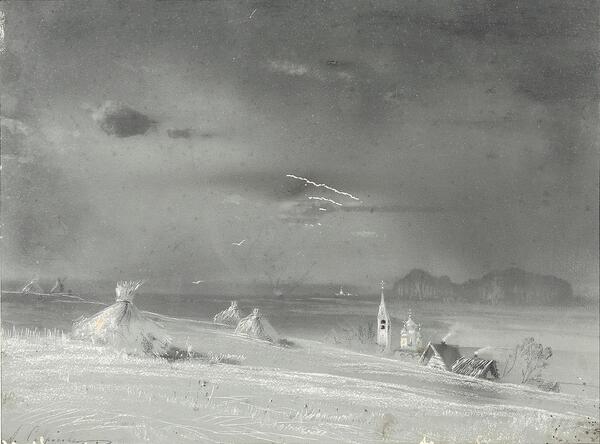Alexey Kondratyevich Savrasov was born in Moscow, into the family of a third-guild merchant. At the beginning of his career, he spelled his last name with an “o” — “Sovrasov”.
Savrasov chose to become an artist against his father’s wishes. Having faced many obstacles and struggled financially, in 1854, he graduated from the Moscow School of Painting and Sculpture with flying colors. To support himself during his studies, the young artist sold his drawings to merchants in the Nikolsky Market. It is known that Grand Duchess Maria Nikolaevna paid a visit to the Moscow School in 1854 and bought seven paintings, including two by Alexey Savrasov. The young painter was greatly surprised by this turn of events as the emperor’s daughter had artworks by some of the finest Russian and European artists in her collection. Savrasov’s paintings were showcased at major international exhibitions, such as the world’s fairs in Vienna in 1873 and Paris in 1878.
For a quarter of a century, Alexey Savrasov taught at his alma mater. His students included Isaac Levitan, Konstantin Korovin, Mikhail Nesterov, and Lev Kamenev. Alexey Savrasov also cooperated with Vasili Pukirev, working on a painting textbook that featured his landscapes with views of Russian nature.
Alexey Savrasov worked primarily in Moscow and its surroundings. Sometimes, he traveled to the northern governorates and the Volga region. He had the rare talent of finding poetry in every aspect of nature, created a harmonious blend of romanticism and realism, and developed a unique genre of Russian landscape painting. Through his work, he revealed the beauty of Russian nature, and his painting “The Rooks Have Returned” became a revelation to his contemporaries.
“The Rooks Have Returned” is the most famous painting by Alexey Savrasov and one of the most renowned works by Russian artists. The artist made many copies of the painting. The first one was made specifically for Maria Alexandrovna, Empress of Russia. Nothing is known about its whereabouts today. The original version was purchased by Pavel Tretyakov and can be found in the State Tretyakov Gallery.
The landscape from the museum collection captures
the feeling of a warm summer day. This is a heartwarming and moving image of
central Russian nature with its endless plains and vast skies.


